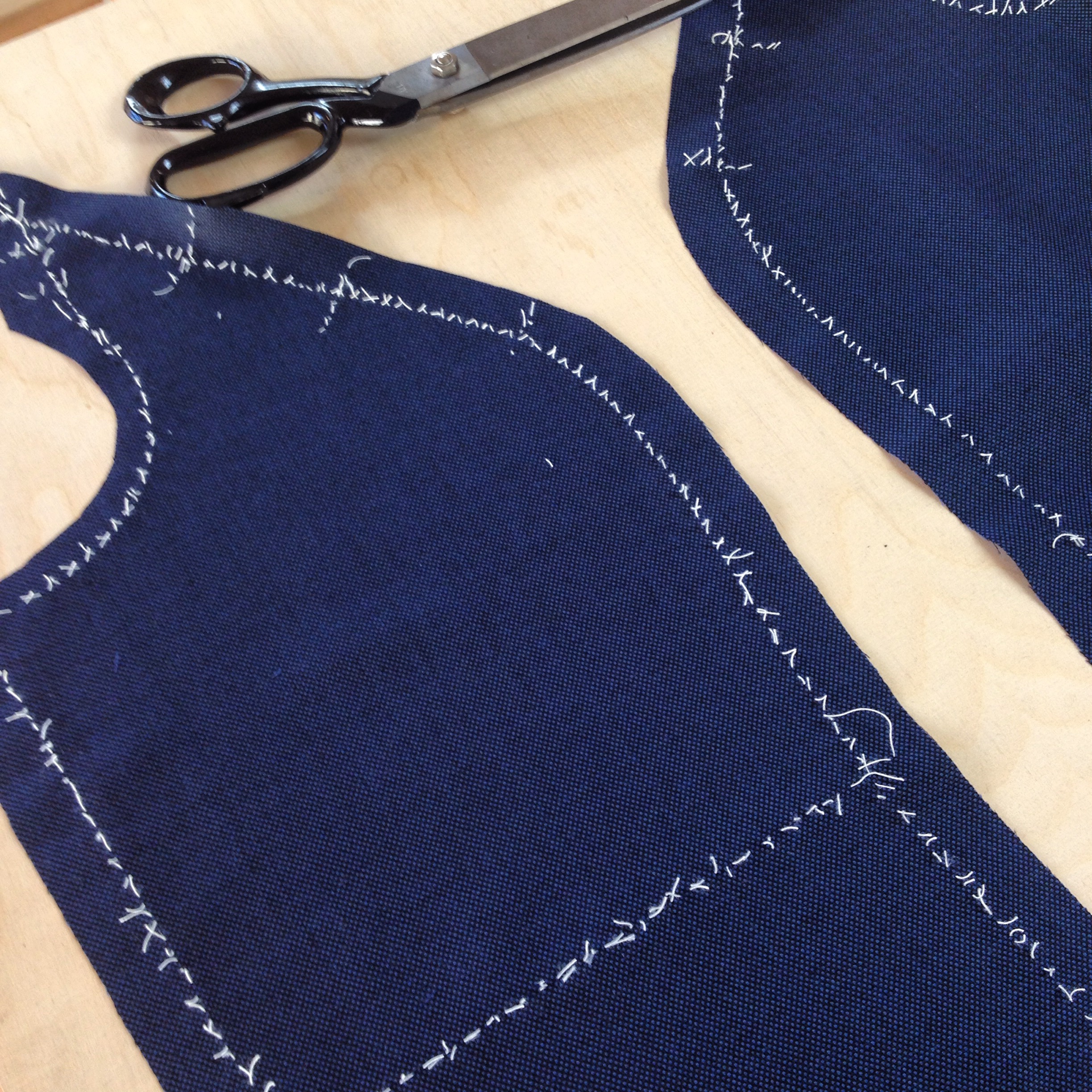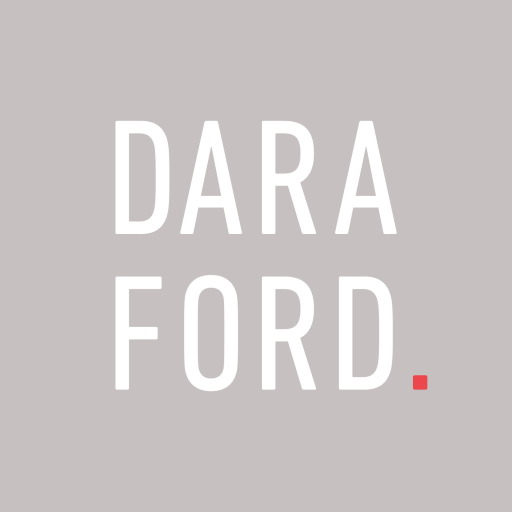
Benefits of hand sewing
One of the key features of a bespoke suit is the hand-sewing that goes into it. But why is it so important and what benefits does it have over machine stitching?
1. Control & shape
By marking out the exact seam lines in thread different pattern pieces can be matched up and then hand-stitched together at exactly the right places. Fullness in one pattern piece can be distributed and eased into the adjoining one by rolling the fabric over the fingers. Machine stitching is done on a flat surface where the layers of cloth are sandwiched between the presser foot and the machine plate. Controlling fullness in one of the layers is more difficult here and often results in it being pushed along the length of the seam to where it is not wanted.

Hand-stitched seam marking
Several layers of cloth can also be stitched together in a way that will preserve the shape of a garment. This is most notable in the shaping of jacket lapels and collars through pad stitching. If done well the corners of the lapel and collar will never curl away from the body, but will remain snugly next to the body.
2. Deeper seam allowance or ‘inlay’
Bespoke tailoring is created for longterm wear and enjoyment. Therefore it needs to be able to adapt not only to changing figures, but also fashions. In order to let a garment out deep seam allowances, also known as inlays, are required. When you have wider seam allowances, however, matching up curved seams becomes more difficult. Tacking seams together as well as manipulating the inlays by stretching or shrinking them to lay flat once pressed is the only way of achieving a great end result.
3. Strength and durability
Generally speaking machined seams are very strong and stable (sorry – couldn’t resist). However, machines do have their limitations and the most obvious area where a hand-stitch is much better is the button hole. When these are created on a machine they are stitched first and cut open afterwards. This leaves the edges to fray especially when a button is passed through frequently. In contrast a hand-stitched buttonhole is created after the hole has been cut. The edges are then covered with many small stitches and knots creating a clean and more durable finish.

Hand-stitched button hole in progress

Completed hand-made button holes
4. Invisible stitches
Although blind hemming machines exist a beautifully hand-stitched hem is hard to beat. When hemming by hand it is possible to catch only one or two threads from the cloth thereby creating a completely invisible hem from the right side of the fabric. The same is true for tidying up the seam allowances. On conventionally produced garments seam edges are overlocked in order to prevent fraying. An overlock stitch uses a minimum of three threads to cover the edge, whereas a hand-finished edge uses only one thread. This is of benefit when garments are pressed as you don’t usually get the stitching showing through to the right side of the fabric and the seams themselves drape better.

Hand-stitched lining
5. Pressing
You might wonder what hand stitching has to do with the pressing of a garment, but it does have a significant advantage especially for clothes with a lining. In order to machine-stitch a lining into a jacket, for example, the right sides of the cloth must be facing each other. This means that either the jacket or the lining is inside out. Once the lining is stitched it must be turned right side out which is achieved by pulling the entire garment through a small hole in a lining seam (usually in the sleeve or in the side seam). This scrunches up the fabric significantly, but when a lining is hand-stitched the garment can be pressed perfectly and then gently completed without the need for wrestling it under the machine.
If all the above is too technical for you there is also this: knowing that a garment has been lovingly hand stitched elevates it to a unique work of art which it is much more wonderful to wear. It counteracts the ‘throw-away’ sentiment that mass produced clothes generate.
Do you have questions about women’s bespoke tailoring? Let me know in the comments and I will answer them in a future blog post.




